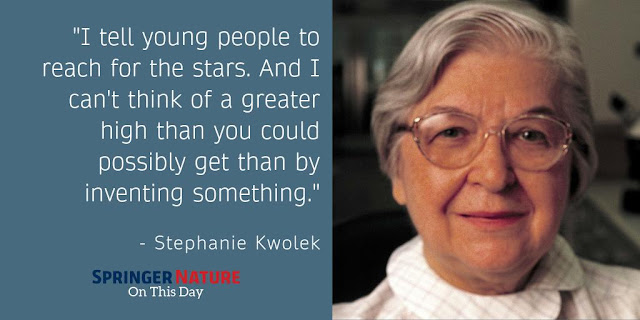 |
Source - "Quicksilver and Slow Death" - National Geographic, October 1972
|
I'm just going to let that picture sit there for a moment.
Feel free to scroll down once you've absorbed the fascination, curiosity, intrigue, and abject terror of the sight of a man sitting on a pool of mercury with seemingly no protective equipment at all.
I'll wait.
That's the picture that sent me down a rabbit hole a few years back. I came across the photo somewhere - I've no clue where other than 'on the internet' - and wanted to track down its origins. Who took that? Where were they? Why were they sitting on mercury? When the heck was it taken?
Eventually I came across a source saying that the image came from National Geographic's October 1972 issue in the article "Quicksilver and Slow Death".
At the time, hunting down the article with images was fairly difficult as I hadn't found full text scans of articles in library databases just yet.
So I headed to ebay and spent about $6 buying a copy of the magazine so I could read the original article.
It turned out to be fascinating.
Here's the original caption for the photo.
Floating on mercury, a veteran miner demonstrates the metal's high density - 13.5 times that of water. Mercury's great cohesiveness prevents it from wetting skin or clothes. Being liquid, however, it penetrates the finest crevices. Once out of the vat, the man turned out his pockets and shed his showed to shake out droplets of theś metal.
The article surveys the historical ideas of mercury...
Arabian and European alchemists deemed mercury one of the two "contraries" (the other was sulphur) that combined deep in the earth to form all other elements.
...the health hazards of mining mercury...
In one room [of the miner's hospital] the walls were lined with powerful lamps, the floor marked with a circular path. "The miners call this the 'beach,' " Don Jeśus told me. "Sometimes a man inhales too much mercury vapor in the mine and develops a tremor. If it's a sever case, the doctors send him here for treatment.
"He strips and walks round and round in the heat, sweating out the mercury. Most respond rapidly and are returned to work. A few don't; they are pensioned."
...and the health hazards of exposure to mercury, particularly from eating contaminated fish, pork, or grain...
Borne by the bloodstream, methyl mercury penetrates brain membranes that bar most other poisons. First, it damages the organ without appreciable loss of cells, then erodes whole pockets of tissue. Worst hit are the brain's visual, hearing, and equilibrium centers, thus explaining the effects of mercury poisoning - blindness, deafness, and loss of balance.
The article closes with this warning, from Dr Alf Johnels,
"It was a matter of human failure. We cannot see beyond immediate needs: Mercury did the job, so we used it and trusted the earth to absorb in. Not until people and birds died did we find out how wrong we were.
"If mercury were the only pollutant, that would be one thing. But every day we're pouring into our environment tons of other substances - cadmium, lead, industrial chemical like the polychlorinated biphenyls called PCB's. Some are stable and will be with us a long time. And we have no idea what their long-term effect will be.
"We who work in museums know about vanishing species - they are here, as always, then one dat they are gone. Their environment has changed.
"Only if we think in terms of generations, and are willing to pay the price of keeping the world clean of our our foulings, can we have confidence that man will not join that list of vanishing species."
If you want to read the full article - it's dated but outstanding - here it is in full.
"Quicksilver and Slow Death" - NatGo - Oct 1972 by phschemguy on Scribd













